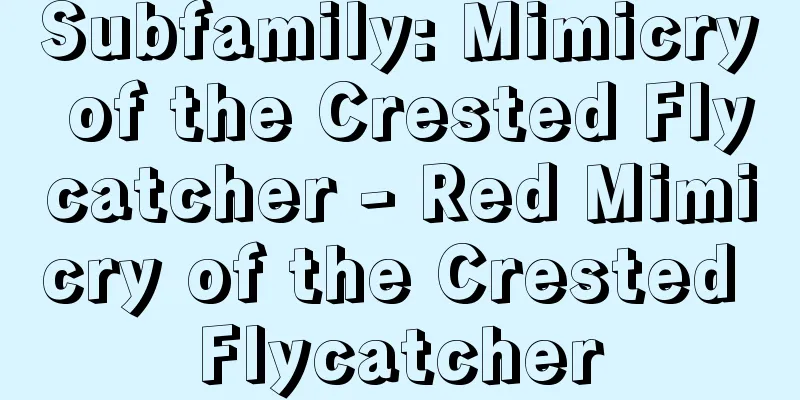One-on-one combat

|
One of the basic and ultimate fighting methods in battles. It refers to a one-on-one battle, as opposed to a group battle (many against many) or a single-horseback battle (one against many). This fighting method is found in many military chronicles. When a mounted warrior, accompanied by his servants and attendants, entered the battlefield, he would gallop around on his horse in search of a worthy opponent. When they encountered a worthy opponent, they would announce their names, talk about their lineage, praise the beauty of their ancestors, and sometimes even boast about their own military achievements. After such verbal battles, the battle would begin. Source: Heibonsha World Encyclopedia, 2nd Edition Information |
|
合戦における基本的かつ究極的な戦闘方式の一つ。集団戦(多数対多数),単騎挺身戦(1対多数)に対し1騎対1騎の戦いをいう。このような戦闘法は多くの軍記物に散見する。戦場に臨むと,下人・所従を伴った騎馬武者はおのれの敵としてふさわしい相手を求めて馬を馳せめぐらせる。よい敵と遭遇するや互いに名乗りをあげ,その門地を口上し,祖先の美を称揚し,時に自己の戦功を陳じる場合もあった。こうした口合戦の後,戦闘に入る。
出典 株式会社平凡社世界大百科事典 第2版について 情報 |
Recommend
Cabanis, Pierre Jean Georges
Born June 5, 1757, Louis Died May 5, 1808. Selanco...
Shimizu-san - Kiyomizu-san
...A high priest who continued to preach to the m...
Ngo Si Lien (English spelling)
…An official history of Vietnam written in Chines...
Ambroid
…It is also found in Myanmar, India, Romania, the...
Yamada Isaburo
Year of death: April 8, 1913 Year of birth: 1864 A...
Public Security Intelligence Agency
Based on the National Administrative Organization...
Shigeto Hozumi
Civil law scholar. Born in Tokyo. Son of Chin Shi...
Court Gardening
…Palace gardens were built in which rare exotic f...
Enshu Takatori
〘Name〙 A type of Takatori ware. Takatori ware tea ...
Air pressure distribution - Air pressure distribution
…The relationship between these units is as follo...
Political upheaval of August 18, 3rd year of Bunkyuu - Bunkyuu 3rd year of Bunkyuu
Bunkyu Coup, also known as the August 18 Coup. Thi...
Schmidt belt
…It is generally determined by placing a thin pla...
Photochemical cell - koukagakudenchi
A battery that uses a photochemical reaction. In 1...
Tsurezuregusa - Tsurezuregusa
Essays from the late Kamakura period. 2 volumes. ...
Bareilly (English spelling)
A city in the mid-west of Uttar Pradesh in norther...









